Ligne Roset Re-visits Paulin’s Pumpkin Armchair
Two weeks back we looked at a pair of new products by the ubiquitous Ligne Roset: In Book and Look modular storage, Alicita told us of new applications for the old reliable glossy black and white lacquer, and with Confluences, yours truly explored a novel way to piece modular furniture together. Well, the French firm stands by its contention of “artful collaborations with both established and up-and-coming talents in contemporary design.” The statement is beautifully born out both in the work of relative newbie Philippe Nigro as well as the re-issue of Pierre Paulin’s Pumpkin collection of sofas, chairs, and armchairs.
Pumpkin. Designed by Pierre Paulin re-issued for Ligne Roset.
To understand the impact of Paulin’s Pumpkin, one must rev up the time machine and step back to 1971—the year of Kubrick’s A Clockwork Orange and Marvin Gaye’s “What’s Goin’ On.” As the rest of the world (perhaps even France) was starting to come down from the flower-child inspired giddiness of the 60s and enter an era of profound social critique (witness the artistic offerings above), the office of the French Presidency desired an entrée into modern décor. Forthwith, Georges and Mademoiselle Pompidou commissioned Paulin to refurbish four rooms of the Elysée Palace. Paulin, known at that time for his “eye-catching, convivial, comfortable chairs shaped like mushrooms, oysters, tongues and tulips” (The Independent), responded with Pumpkin, the collection of simple, whimsical, comfortable furnishings built of metal frames wrapped in foam padding.
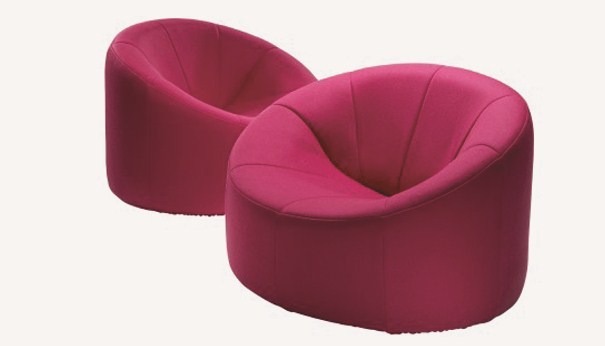
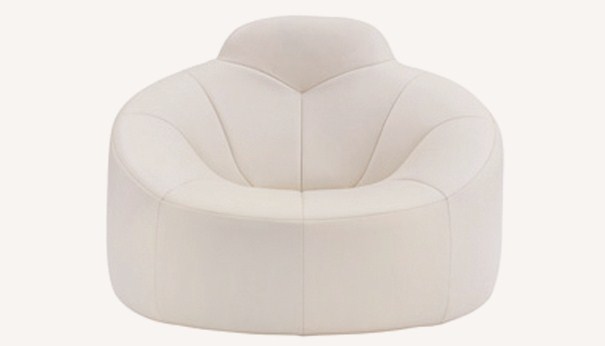
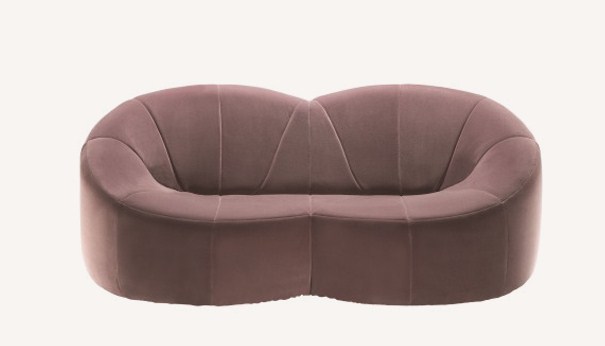
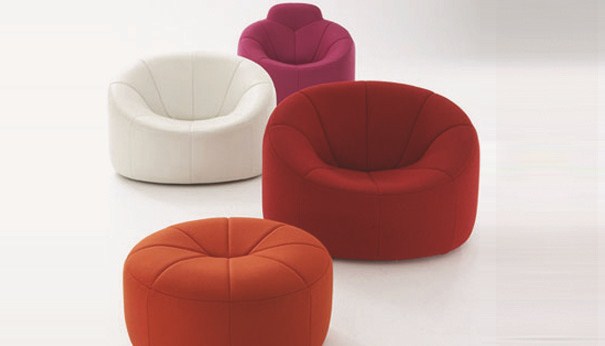
Though Paulin’s presidential incarnations of Pumpkin were of a decidedly somber hue, the pieces’ “soft, organic, round shapes and firm seating comfort” brought modern design to the French forefront, ushering France into the contemporary age as it provoked much controversy regarding what is “proper décor” for a head of state (even in France). The chairs and sofas—like everything that emerged from the masterful Paulin—are mildly shocking yet eminently welcoming. While Pumpkin’s playful curves might have been (and might still be) a bit of a shock to those schooled in Edwardian rigidity or Gothic excess, the decor seems to have won over the French populace—at least until 1974, when newly-elected President and renowned spoilsport Giscard d’Estaing promptly had them removed.
The new collection achieves Pompidou’s enduring desire to see the series mass-produced, as it satisfies the world’s desire to see Pumpkin in an expanded range of shapes, sizes, and shades. Now available as an armchair (with or without headrest), loveseat, sofa, or Ottoman in Paulin’s trademark array of bold and beautiful colors, Pumpkin will have you giving thanks for this pervasive symbol of the harvest, while contemplating purchasing one or two of these vibrant pieces to enhance your surroundings as the dreary days of autumn begin to take hold.

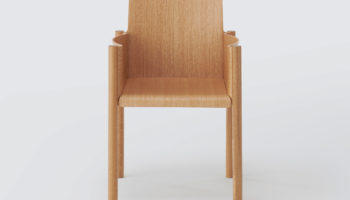
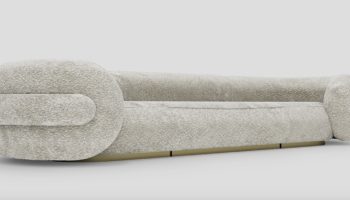

Leave a Reply